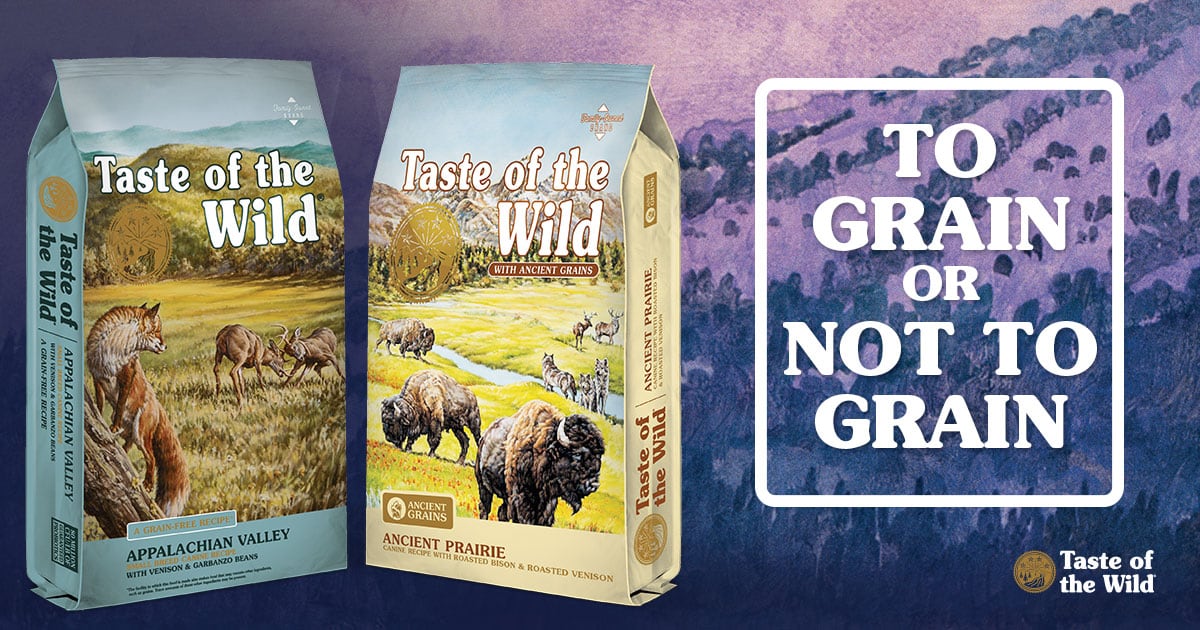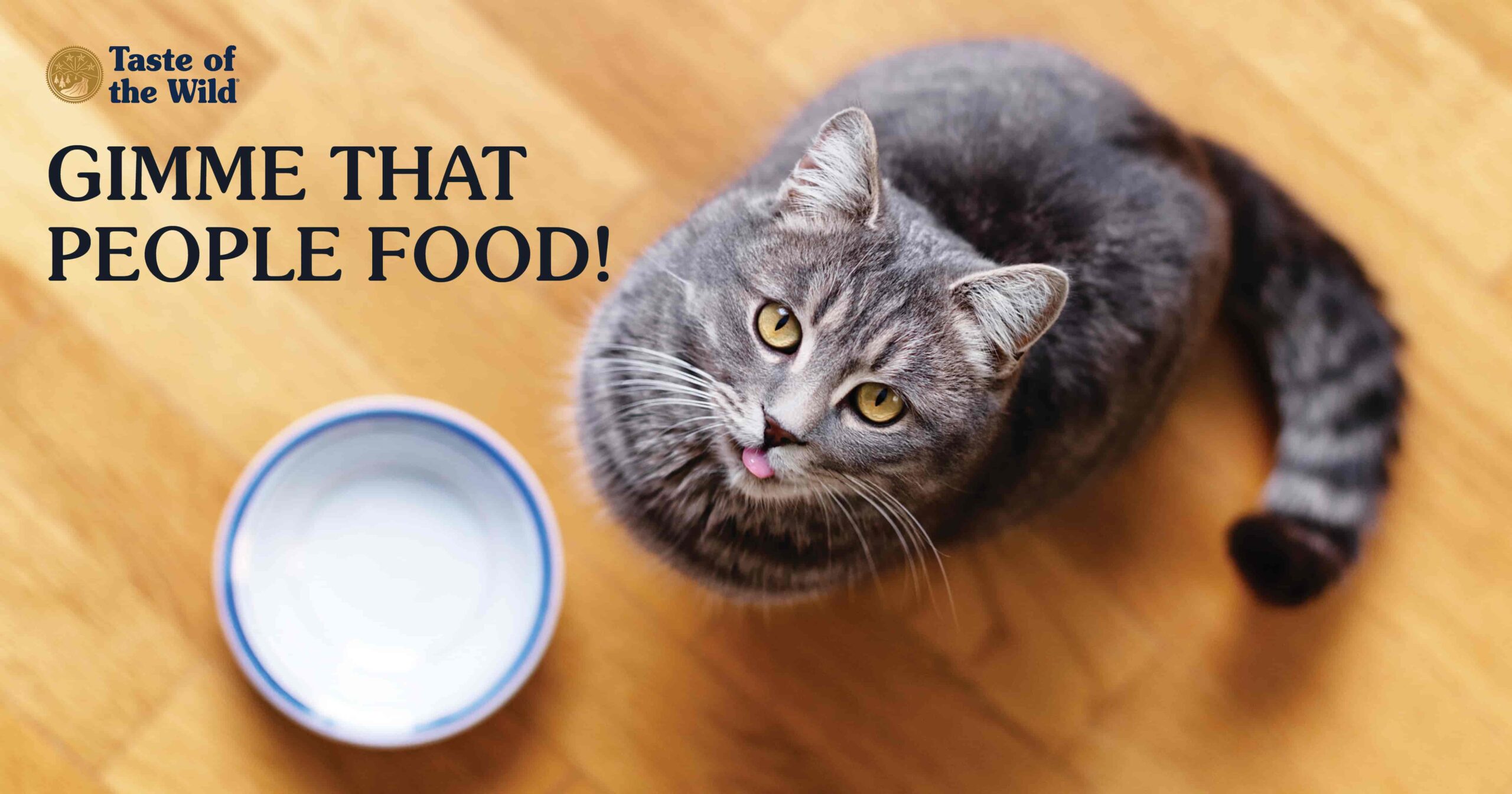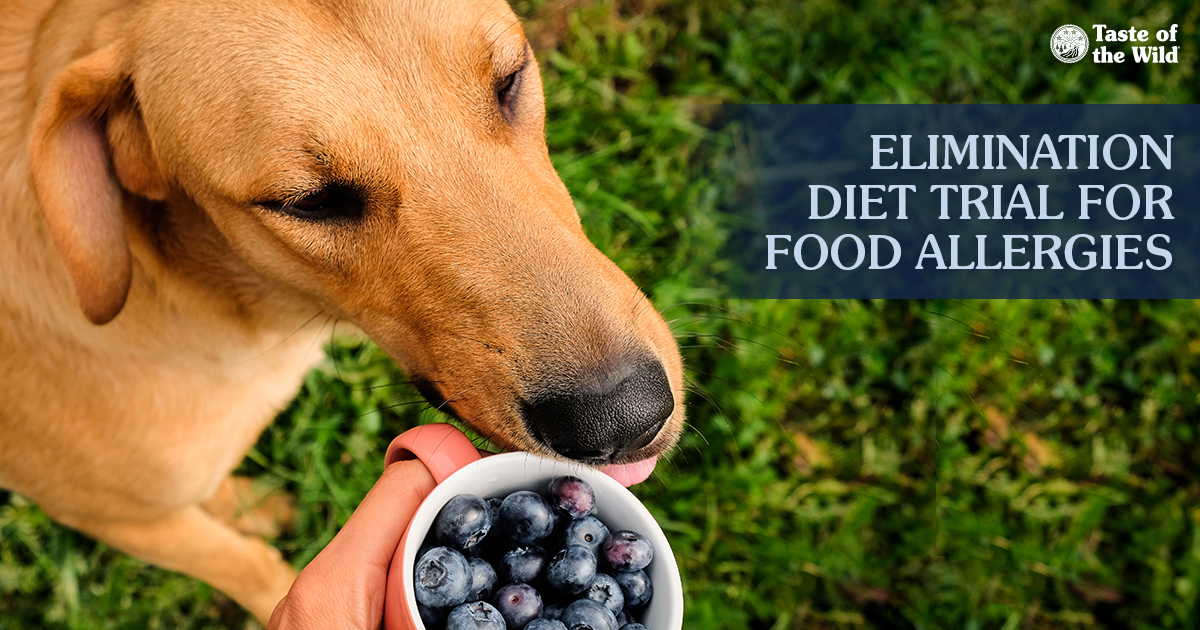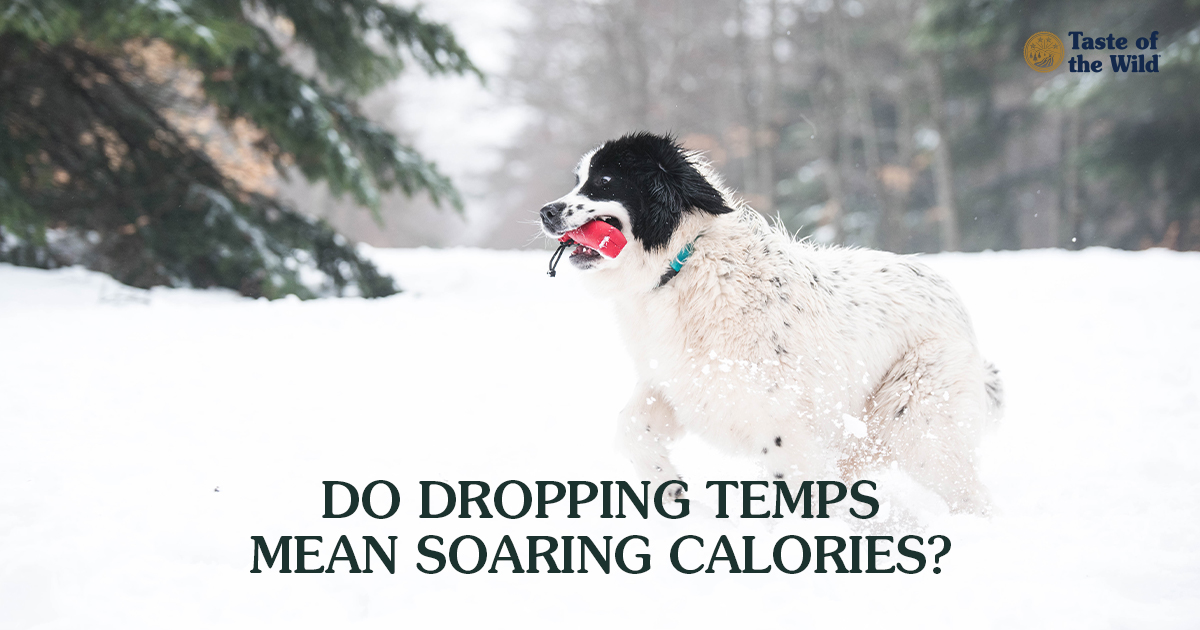Grain-Free or Grain-Inclusive Recipes: Which One Is Right for Your Dog?
Thursday, February 13, 2020 | Nutrition

Nowhere is there more choice, it seems, than in the dog food aisle at the grocery store. In addition to deciding whether your pooch prefers beef, chicken, fowl or fish or dry or canned, you can also choose between diets with or without grains. Confused? This should help.
What, exactly, is a grain-free pet food?
Grains serve as a source of carbohydrates to provide pets with energy, fiber and nutrients. These grains usually include corn, wheat, barley, oats, rye, rice, sorghum, millet, quinoa and chia seed. So naturally, diets that don’t include these ingredients are considered grain-free.
Is a grain-free diet the same as a gluten-free diet? Not necessarily. Gluten-free diets exclude grains that contain gluten, such as wheat, barley, rye and oats, but can include other grains such as corn, rice or sorghum that are gluten-free.
At the same time, grain-free diets aren’t necessarily carb-free, either. To provide carbohydrates (and energy), grain-free diets tend to use other ingredients such as vegetables or legumes. Diets with these ingredients could contain more carbohydrates than diets containing grains.
Why choose a grain-free diet?
Owners who believe their dogs have allergies may prefer a grain-free diet as a way to alleviate signs such as itching, scratching or gastrointestinal upset. But the truth is, the causes of most dogs’ skin allergies are environmental substances such as pollens, and molds — those dogs tend to itch in certain seasons of the year.
A small percentage of dogs who show signs year-round may have food allergies. While the allergies are usually triggered by a protein in ingredients such as beef or chicken, grains do contain protein and can potentially cause an allergic reaction.
In rare cases, the gluten in some grains can cause inflammation in the gastrointestinal tract and in some cases, spikes in blood sugar levels after a meal, which could be problematic for diabetic pets. The only documented gluten sensitivities in dogs have been in Irish setters and border terriers.
Why choose a diet containing grains?
If your dog doesn’t have a diagnosed medical condition that requires the omission of certain dietary ingredients, it’s generally recommended to stick with a diet approved for your dog’s life stage. Grains can be important sources of fiber, essential omega fatty acids, antioxidants, vitamins and minerals.
Ask your veterinarian to recommend a diet that’s right for your dog, which will likely be a standard food such as the one described above or a therapeutic diet for specific health conditions.
If you are a pet parent who worries that your dog has an allergy, discuss this concern with your veterinarian. The doctor will help you determine if your dog is truly allergic and if the allergy is to environmental factors or food.
The information in this blog has been developed with our veterinarian and is designed to help educate pet parents. If you have questions or concerns about your pet’s health or nutrition, please talk with your veterinarian.




